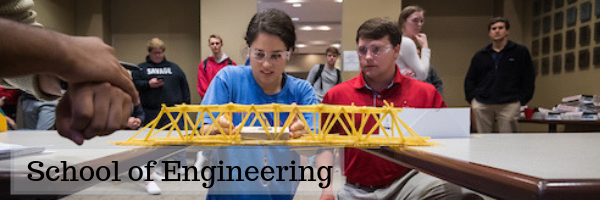
Faculty and Student Publications
Document Type
Article
Publication Date
7-2-2021
Abstract
Urban street networks in the United States have been primarily designed for automobile traffic with negligible considerations to non-motorized transportation users. Due to environmental issues and quality of life concerns, communities are reclaiming street spaces for active modes and slowing the speeds in their downtown. Moreover, tactical urbanism, i.e., the use of street space for innovative purposes other than moving automobile traffic, is becoming attractive due to reduced automobile travel demand and the need for outdoor activities in the age of the COVID-19 pandemic. This study provides details of the modeling of an urban downtown network (in the City of San Jose) using microscopic traffic simulation. The model is then applied to evaluate the effectiveness of street design changes at varying demand scenarios. The microsimulation approach was chosen because it allows for the detailed modeling and visualization of the transportation networks, including movements of individual vehicles, bicyclists, and pedestrians. The street design change demonstrated here involves one-way to two-way street conversion, but the framework of network-wide impact evaluation may also be used for complete street conversions. The base conditions network was also tested under different travel demand reduction scenarios (10%, 20%, and 30%) to identify the corridors in the city network in which the tactical urbanism strategies (e.g., open-air dining) may be best accommodated. The study provides framework for the use of a microscopic model as part of a decision support system to evaluate and effectively implement complete streets/tactical urbanism strategies.
Relational Format
journal article
Recommended Citation
Liu, B., Mehrara Molan, A., Pande, A., Howard, J., Alexander, S., & Luo, Z. (2021). Microscopic traffic simulation as a decision support system for road diet and tactical urbanism strategies. Sustainability, 13(14), 8076. https://doi.org/10.3390/su13148076
DOI
10.3390/su13148076
Accessibility Status
Searchable text

